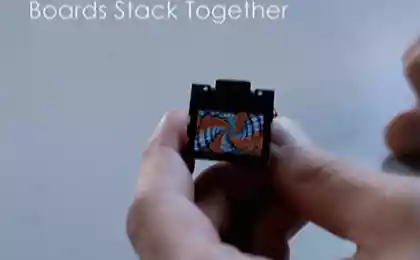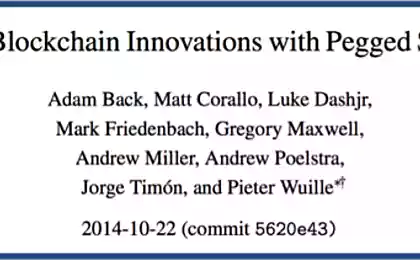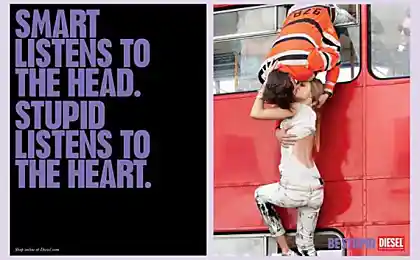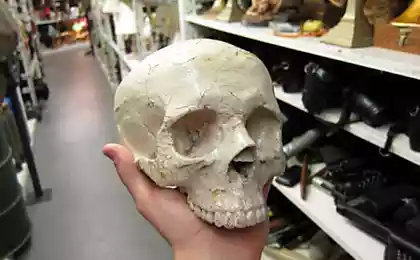1526
Swastika
Everyone already knows that the history of the swastika is much deeper and multifaceted than it seems certain. Here are some unusual facts about this character.
Few people know that among the symbols used by the Red Army, was present not only the star, but the swastika. It looked like a sign of premium commanders of the Southeast Front Cr. Army in 1918-1920.
In November 1919 the commander of the South-Eastern Front Red Army VI Shorin issued an order number 213, which states the distinctive shoulder patch Kalmyk forces with swastikas. Swastika in the order indicated by the word "lyungtn", that is the Buddhist "Lungta" means - "vortex", "vitality».
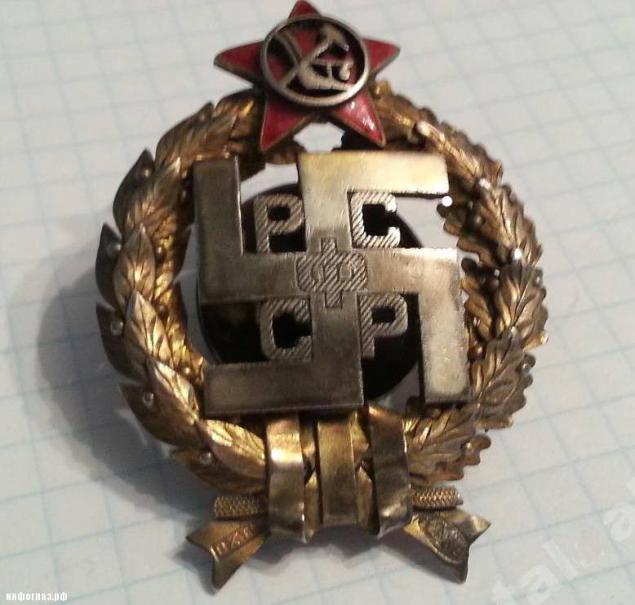

In Russia, the swastika first appeared in the official symbols in 1917 - it was then that, on April 24 the Provisional Government issued a decree on the issue of new banknotes in denominations of 250 and 1,000 rubley.1 feature of these bills was that they had swastika. Here's the description of the front of a 1000-ruble banknotes, contained in paragraph number 128 decree of the Senate on June 6, 1917: "The main drawing grid consists of two large oval guilloche rosettes - the left and right ... in the center of each of the two major outlets is a geometric pattern formed crosswise intersecting-wide strips, bent at right angles at one end to the right, and on the other - to the left ...

The intermediate pattern between the two large rosettes filled with guilloche pattern and the center of this busy background geometric patterns of the same figure as in both sockets, but of greater magnitude "2 Unlike the denominations of 1,000 rubles, 250-ruble banknote swastika was just one - in the heart of an eagle.

Of banknotes of the Provisional Government has removed a swastika and the first Soviet banknotes. However, in this case it was due to production needs, rather than ideological reasons: the Bolsheviks, attended to in 1918, the release of their own money, just took ready-made, created by order of the Provisional Government, the cliché of new notes (5000 and 10 000 rubles), is preparing to release in 1918. Kerensky and his comrades, these banknotes printed, due to certain circumstances, could not, but the leadership of the Russian Federation in handy cliche. Thus, in the Soviet banknotes in denominations of 5000 and 10 000 attended the swastika. Banknotes these were in use until 1922.

Source:
Few people know that among the symbols used by the Red Army, was present not only the star, but the swastika. It looked like a sign of premium commanders of the Southeast Front Cr. Army in 1918-1920.
In November 1919 the commander of the South-Eastern Front Red Army VI Shorin issued an order number 213, which states the distinctive shoulder patch Kalmyk forces with swastikas. Swastika in the order indicated by the word "lyungtn", that is the Buddhist "Lungta" means - "vortex", "vitality».


In Russia, the swastika first appeared in the official symbols in 1917 - it was then that, on April 24 the Provisional Government issued a decree on the issue of new banknotes in denominations of 250 and 1,000 rubley.1 feature of these bills was that they had swastika. Here's the description of the front of a 1000-ruble banknotes, contained in paragraph number 128 decree of the Senate on June 6, 1917: "The main drawing grid consists of two large oval guilloche rosettes - the left and right ... in the center of each of the two major outlets is a geometric pattern formed crosswise intersecting-wide strips, bent at right angles at one end to the right, and on the other - to the left ...

The intermediate pattern between the two large rosettes filled with guilloche pattern and the center of this busy background geometric patterns of the same figure as in both sockets, but of greater magnitude "2 Unlike the denominations of 1,000 rubles, 250-ruble banknote swastika was just one - in the heart of an eagle.

Of banknotes of the Provisional Government has removed a swastika and the first Soviet banknotes. However, in this case it was due to production needs, rather than ideological reasons: the Bolsheviks, attended to in 1918, the release of their own money, just took ready-made, created by order of the Provisional Government, the cliché of new notes (5000 and 10 000 rubles), is preparing to release in 1918. Kerensky and his comrades, these banknotes printed, due to certain circumstances, could not, but the leadership of the Russian Federation in handy cliche. Thus, in the Soviet banknotes in denominations of 5000 and 10 000 attended the swastika. Banknotes these were in use until 1922.

Source:


